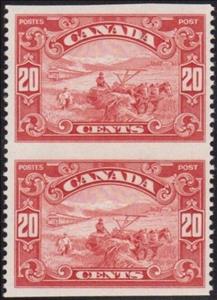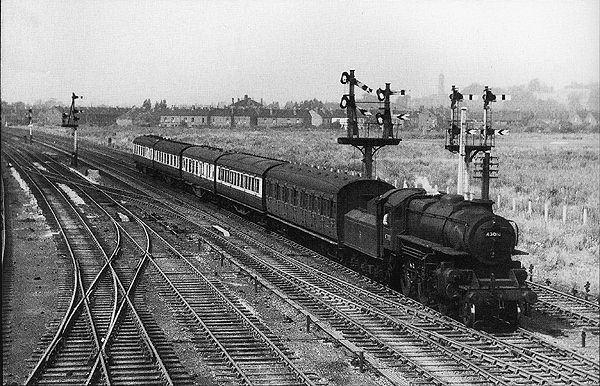Stamp: Harvesting Wheat with Horses (Canada 1929)
Harvesting Wheat with Horses (Canada 1929)
08 January (Canada ) within release King George V 1928-29 "Scroll" Definitive Issue goes into circulation Stamp Harvesting Wheat with Horses face value 2*20 Canadian cent
| Stamp Harvesting Wheat with Horses in catalogues | |
|---|---|
| Stamp Number: | Sn: CA 157c |
Stamp is square format.
Vertical pair, imperforate horizontal.Also in the issue King George V 1928-29 "Scroll" Definitive Issue:
- Stamp - Harvesting Wheat with Horses face value 2*20;
- Stamp - Parliament Buildings, Ottawa face value 2*1;
- Stamp - Harvesting Wheat with Horses face value 2*20;
- Stamp - Harvesting Wheat with Horses face value 2*20;
- Stamp - "Bluenose" (fishing schooner) Perforated OHMS face value 50;
- Stamp - Harvesting Wheat with Horses face value 20;
- Stamp - Parliament Buildings, Ottawa face value 1;
Stamp Harvesting Wheat with Horses it reflects the thematic directions:
Agricultural machinery is machinery used in farming or other agriculture. There are many types of such equipment, from hand tools and power tools to tractors and the countless kinds of farm implements that they tow or operate. Diverse arrays of equipment are used in both organic and nonorganic farming. Especially since the advent of mechanised agriculture, agricultural machinery is an indispensable part of how the world is fed.
Agriculture is the cultivation and breeding of animals, plants and fungi for food, fiber, biofuel, medicinal plants and other products used to sustain and enhance human life.[1] Agriculture was the key development in the rise of sedentary human civilization, whereby farming of domesticated species created food surpluses that nurtured the development of civilization. The study of agriculture is known as agricultural science. The history of agriculture dates back thousands of years, and its development has been driven and defined by greatly different climates, cultures, and technologies. Industrial agriculture based on large-scale monoculture farming has become the dominant agricultural methodology.
A farmhouse is a building that serves as the primary quarters in a rural or agricultural setting. Historically, farmhouses were often combined with space for animals called a housebarn. Other farmhouses may be connected to one or more barns, built to form a courtyard, or with each farm building separate from each other.
The horse (Equus ferus caballus) is one of two extant subspecies of Equus ferus. It is an odd-toed ungulate mammal belonging to the taxonomic family Equidae. The horse has evolved over the past 45 to 55 million years from a small multi-toed creature, Eohippus, into the large, single-toed animal of today. Humans began to domesticate horses around 4000 BC, and their domestication is believed to have been widespread by 3000 BC. Horses in the subspecies caballus are domesticated, although some domesticated populations live in the wild as feral horses. These feral populations are not true wild horses, as this term is used to describe horses that have never been domesticated, such as the endangered Przewalski's horse, a separate subspecies, and the only remaining true wild horse. There is an extensive, specialized vocabulary used to describe equine-related concepts, covering everything from anatomy to life stages, size, colors, markings, breeds, locomotion, and behavior.
Railways - Transportation system made up of metal rails which is designed to allow trains to maneuver on the tracks from one location to the next.





